October brings us Breast Cancer Awareness Month. This annual international campaign is designed to increase awareness of this disease including the prevention, early detection strategies and possible treatments. Various charities participate in hopes of raising funds that may ultimately contribute to the eradication of this disease that affects about 1 in 8 American women and 1 in 1,000 men.
Early Detection
Early detection and awareness of the signs and symptoms has been found to be the key to a cure. When detected early, before the cancer has spread into the surrounding tissues, it is treatable. In fact, according to the National Foundation Breast Cancer, this localized stage of breast cancer has a 5-year survival rate of 100 percent.
Self-Exam
Forty percent of breast cancers are found by women feeling a lump. This statistic demonstrates the importance of taking part in early detection by performing monthly self-exams. A self-exam consists of feeling as well as looking for changes. In order to keep on schedule and conducting it at a time when hormones are not changing the size or shape of your breasts, it is best to perform them a few days after your monthly menstrual cycle ends. Look for tenderness, lumps, dimpling on the breast or the appearance of “orange peel” skin, or nipple discharge. Keep in mind that not all lumps are cancerous—more than 80 percent prove to be benign; however, it’s important to make an appointment with your primary care physician should any changes be noted.
Mammogram
A mammogram can detect a lump before you can see or feel it. For this reason, doctors recommend a mammogram every one to two years for those women who are 40 and over. For those in the high-risk category, your doctor may recommend more frequent check-ups. If a lump is detected, further tests will be conducted to determine if the lump is cancerous, a cyst, or simply fatty tissue. These tests may include a biopsy, ultrasound or MRI.
Prevention
You can’t always prevent cancer. Even those people who have led incredibly healthy lives filled with daily exercise and nine daily servings of fruits and vegetables get this disease. You can, however, decrease your risk by following a few guidelines. Besides maintaining a regular exercise program and eating healthy, it is also recommended that you do not smoke, limit your intake of alcohol and maintain a healthy weight.
Treatments
Because of continued research and the tremendous outpouring of individuals supporting cancer research, there are now a myriad of treatment options available to those who have received this diagnosis. Just a few of these treatment choices include: surgery, chemotherapy, radiation, hormonal therapy, and varying drugs including immunotherapy medicines. Because of all the recent advancements and choices, it’s best to get a second opinion and obtain as much information as possible before making an informed decision.
Radiation is often recommended following surgery in order to prevent the return of cancer cells. Depending on the stage and/or features of the tumor, chemotherapy may be recommended as well. One of the possible unfortunate side effects of chemotherapy is hair loss. It is due to the destruction of hair cells which results in hair loss usually just a few weeks after treatment has begun. Keep in mind, there are several different types of chemotherapy drugs and all have different effects on hair follicles. It’s always good to keep in mind that, in most instances, your hair will return.
In the Meantime
At Hair Transplant & Restoration Center (HT&RC), we understand what you are going through. For many women, this is often one of the greatest emotional challenges that they face. Dr. Arthur Gray is a member of the International Society of Hair Restoration Surgery and provides a medical approach to treating hair loss. A thorough evaluation is conducted before recommending possible treatment options. For those whose hair will ultimately grow back, Dr. Gray offers several non-surgical procedures including topical treatments and has partnered with Cesare Ragazzi for Men and Cesare Ragazzi for Women in order to offer top-of-the-line, non-invasive hair systems. Contact us for a consultation in order to discuss our many solutions.






